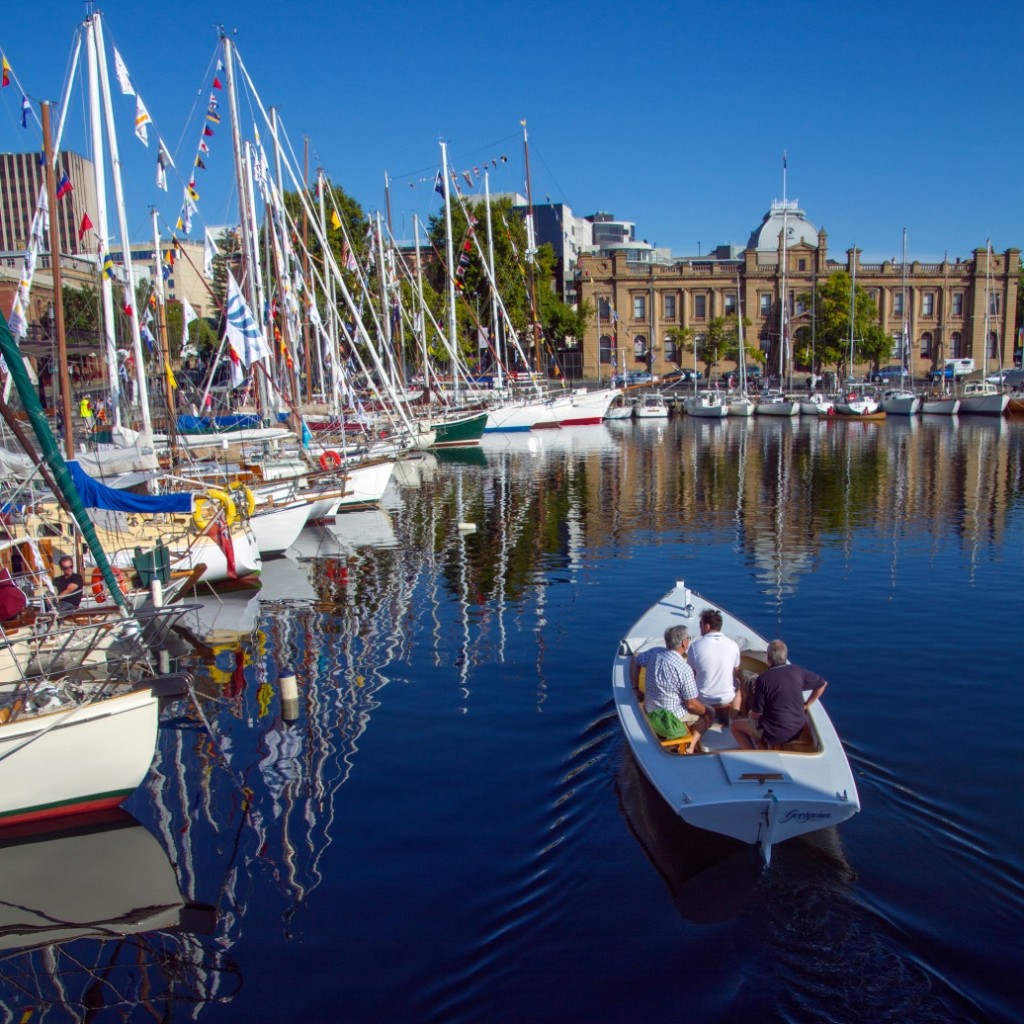Traveling to destinations off the usual tourist trail gives us a thrill, and there are great rewards that come from these experiences. As travel becomes more accessible around the globe, it’s easier to venture to the planet’s lesser-known gems. Enjoy this list of trip ideas that serve up excitement, adventure and, of course, educational opportunities for your next student group trip.
VICTORIA FALLS, ZAMBIA AND ZIMBABWE
On the border of Zambia and Zimbabwe lies the breathtaking Victoria Falls. At its location inside the national park, the powerful Zambezi River spans two kilometers and funnels sheets of water over the impressive rock formations into the gorge. An iridescent mist from the falls can be seen up to 20 kilometers away, signaling your arrival. If you’re able to visit in February or March, you will see the Zambezi in full flood when the falls become the largest sheet of falling water in the world. Within the expansive park, there is an abundance of wildlife to be seen, including herds of elephants along with zebras, giraffes, hippopotami and the occasional lion or leopard.
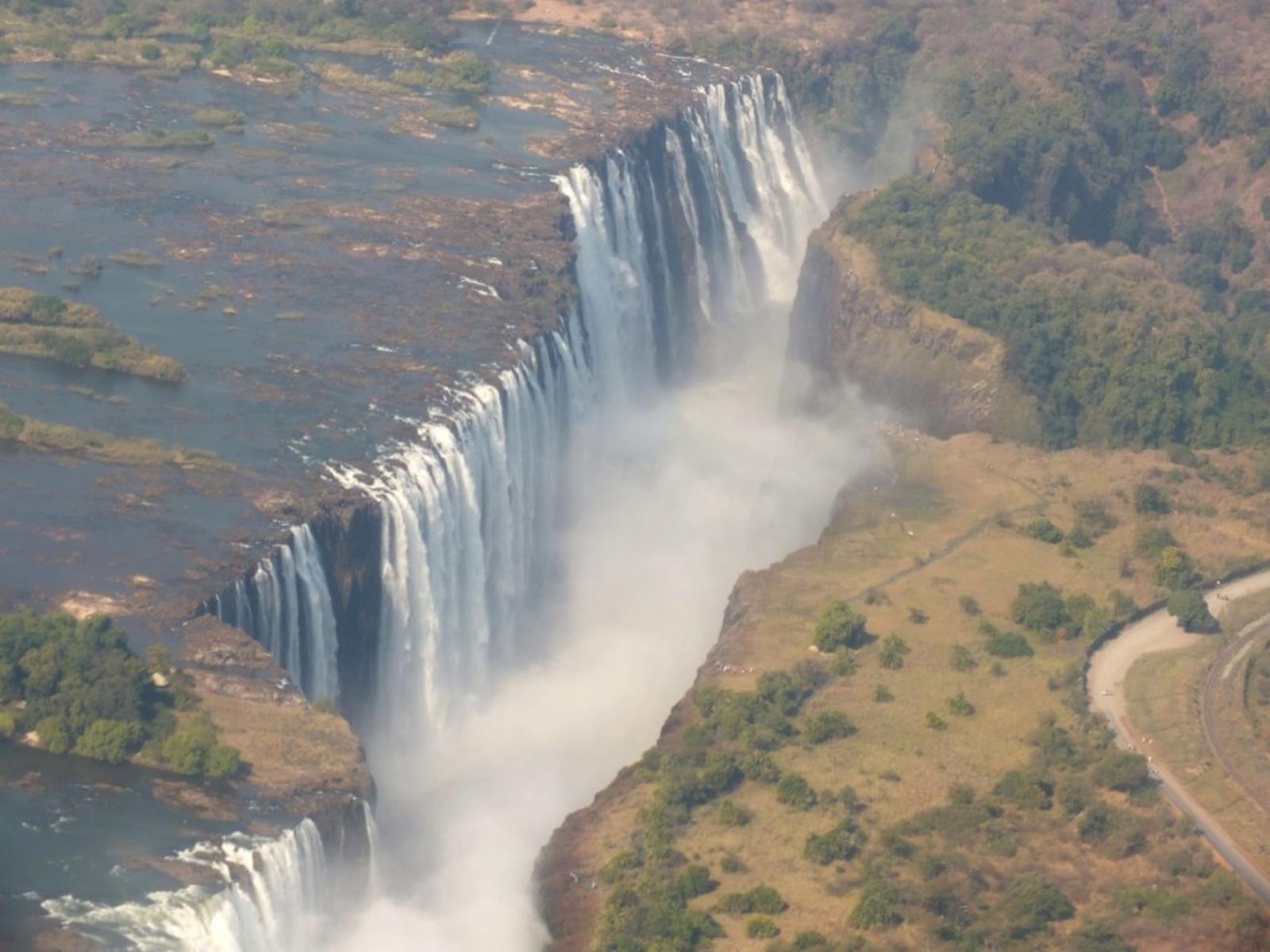
Chris Parker Credit
There are plenty of tour options for all group sizes and budgets that will allow you to experience the beauty of the park and learn about this unique geographic wonder.
LOFOTEN ISLANDS, NORWAY
As you arrive in the Lofoten Islands off of Norway’s northern coast, you’ll be greeted by looming crags that tower into the sky, contrasting the tiny fishing villages below. Residents live among the fjords that cut into the mountains; each town looks to be straight out of a postcard. There are sandy beaches among the landscape, with Hauklandsstranden ranked as the best beach in Norway. Popular activities include hiking, climbing, embarking on whale safaris and dining on the local delicacy of cod. To experience life like a local, you can even sleep in traditional fisherman cabins, called “rorbu.”
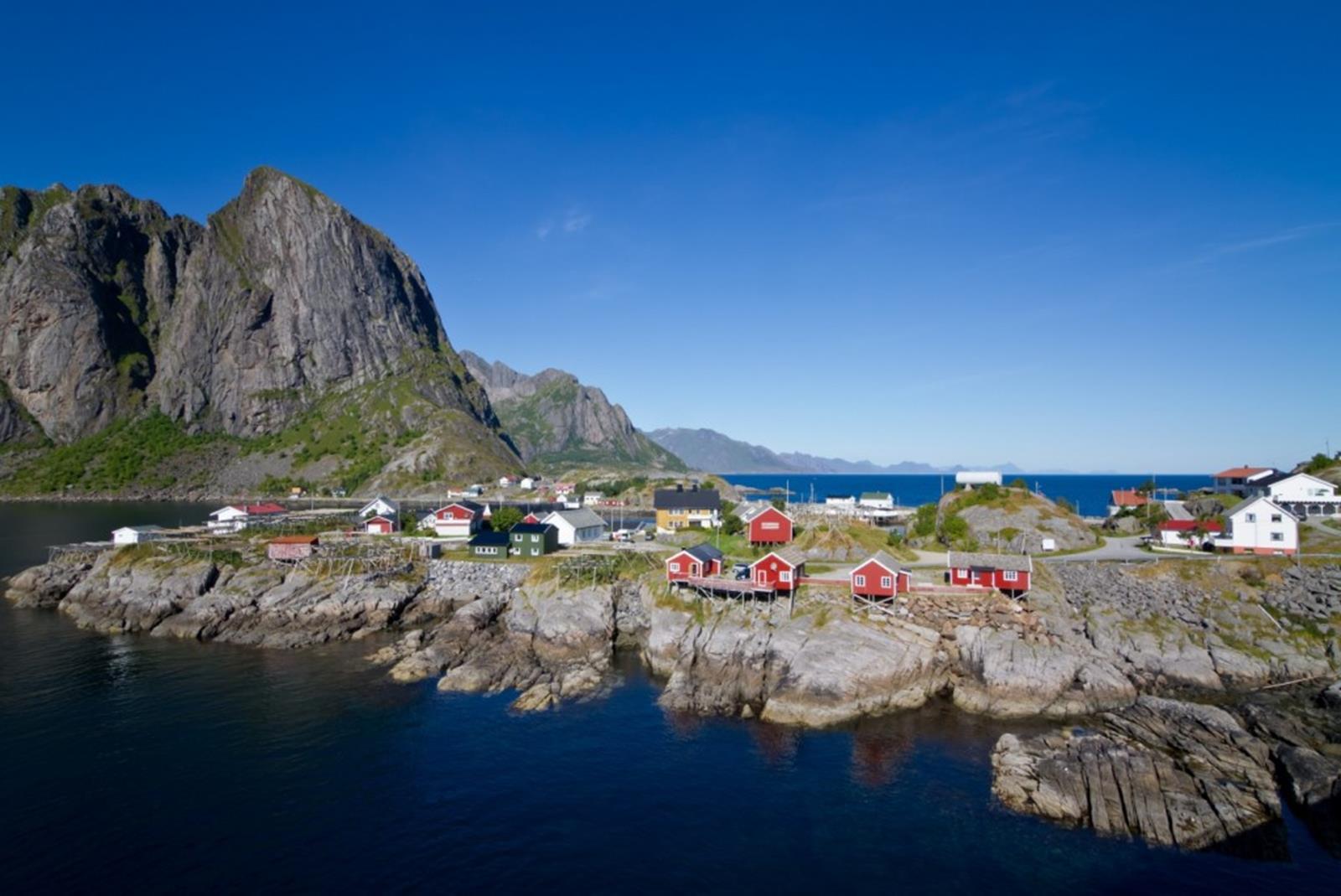
Oddgeir Hvidsten Credit
Most places among the islands can be reached by bus or rental car, and the highway connecting the locations is one of the most scenic in the world. If your visit falls between May and early August, you’ll be able to experience 24 hours of gorgeous light, allowing more time to soak up the beauty of this unspoiled region.
TIANZI MOUNTAIN NATURE RESERVE, CHINA
Step into this nature reserve in east-central China’s Wulingyuan Scenic Area and you’ll feel like you’ve stepped into another world. Tall, narrow rock formations shoot up toward the sky and mist fills the voids, creating an eerie yet picturesque scene—one of the most documented in Chinese art. You can explore this area on foot and take a seven-minute cable car ride to a peak with incredible views, arguably the best in the park. You’ll have the chance to explore caves and waterfalls and see wildlife in this mountainous region.
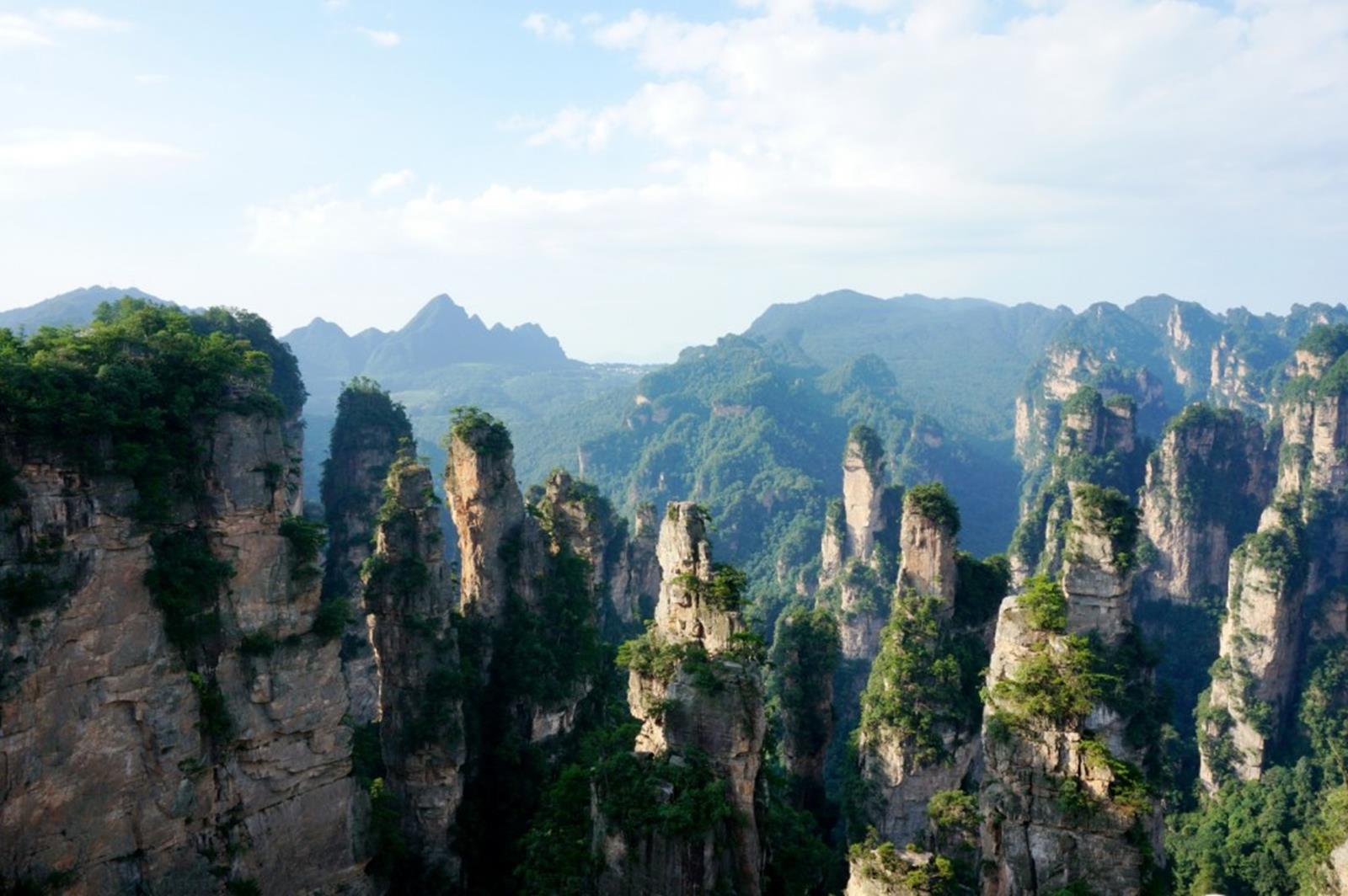
Viktor Lövgren Credit
Affordable flights can be found into the nearby city of Changsha and, while you’re in the area, it’s worth exploring some of the country’s small towns often left untouched by tourists. Zhangjiajie is the city located within the park and is home to various ethnic groups, making for an interesting mix of cuisine and architecture.
SAINT PIERRE AND MIQUELON
The Saint Pierre and Miquelon enclave is just a short distance off the coast of Canada’s Newfoundland, where you’ll find a self-governing French territory that is quaint, charming and will make you wonder whether or not you’re still in North America. The population of around 6,000 uses the euro and speaks French, and French cars, pastries and other delicacies of mainland Europe are plentiful. But like its Canadian neighbors, Saint Pierre and Miquelon retains the charm of a quiet fishing village that is welcoming to the tourism industry.
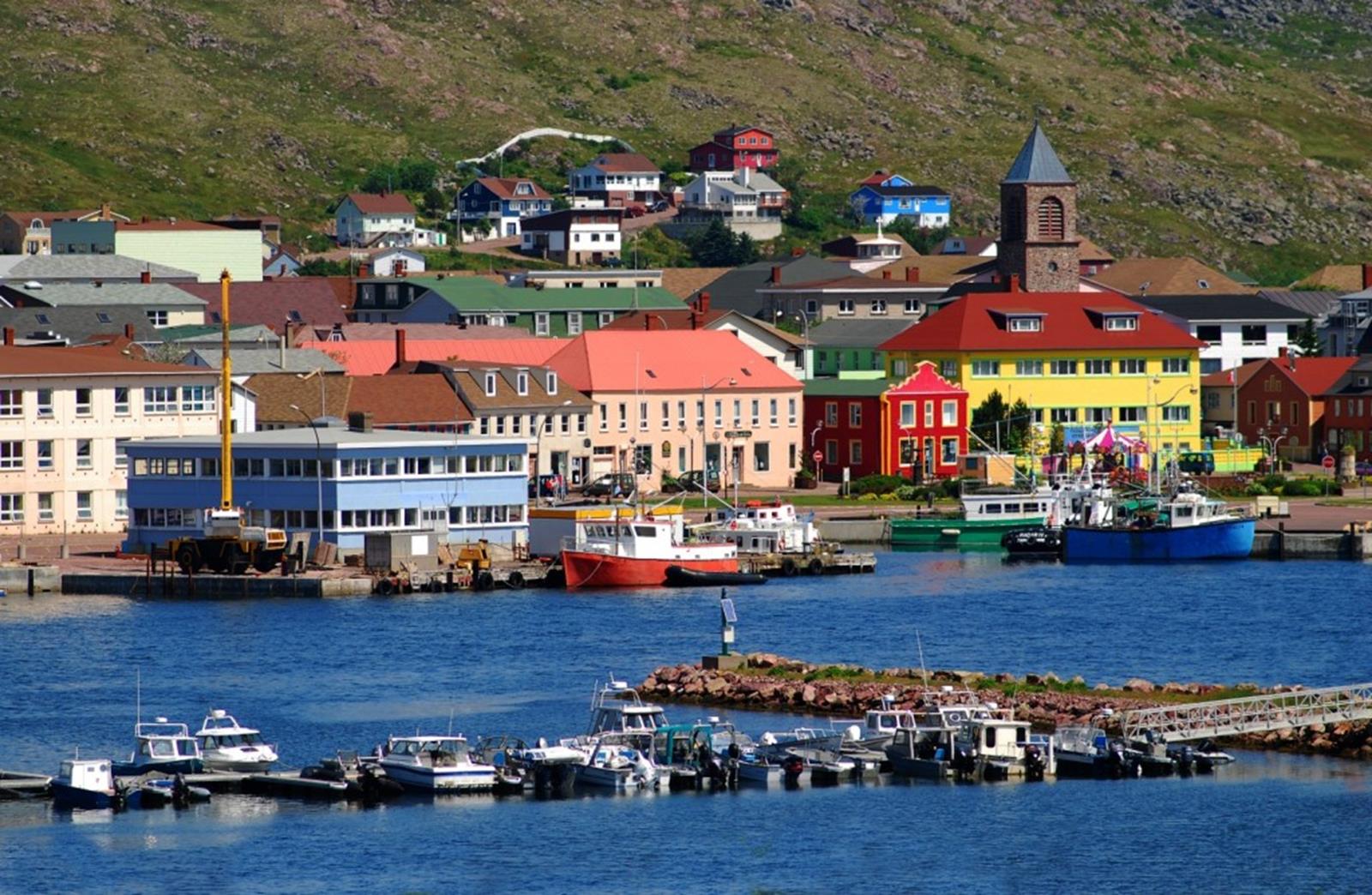
Gord McKenna Credit
If your group has an interest in eco-tourism, history and cultural discovery, these islands will offer a unique getaway to one of the more unique places on our planet. Brush up on your French, as English is not widely understood. To get in, you will need to fly via a Canadian city, such as Montreal, or arrive by boat from Newfoundland.
HOBART AND TASMANIA, AUSTRALIA
The vibrant island of Tasmania may be one of the least visited places in Australia, but don’t let that fool you into thinking it isn’t rich in cultural and historic heritage. The capital city of Hobart lies at the foothills of Mt. Wellington and the city is home to world-class cuisine. Take time to enjoy Salamanca Place, a precinct of Hobart, with its many galleries, theaters and restaurants. The waterfront is also a popular location for a stroll, and you’ll enjoy various museums devoted to art and history. Tasmania is a welcoming place for tourists, but you’ll still have the feeling that you’re exploring an off-the-beaten-path destination, far from the metropolis of Sydney.
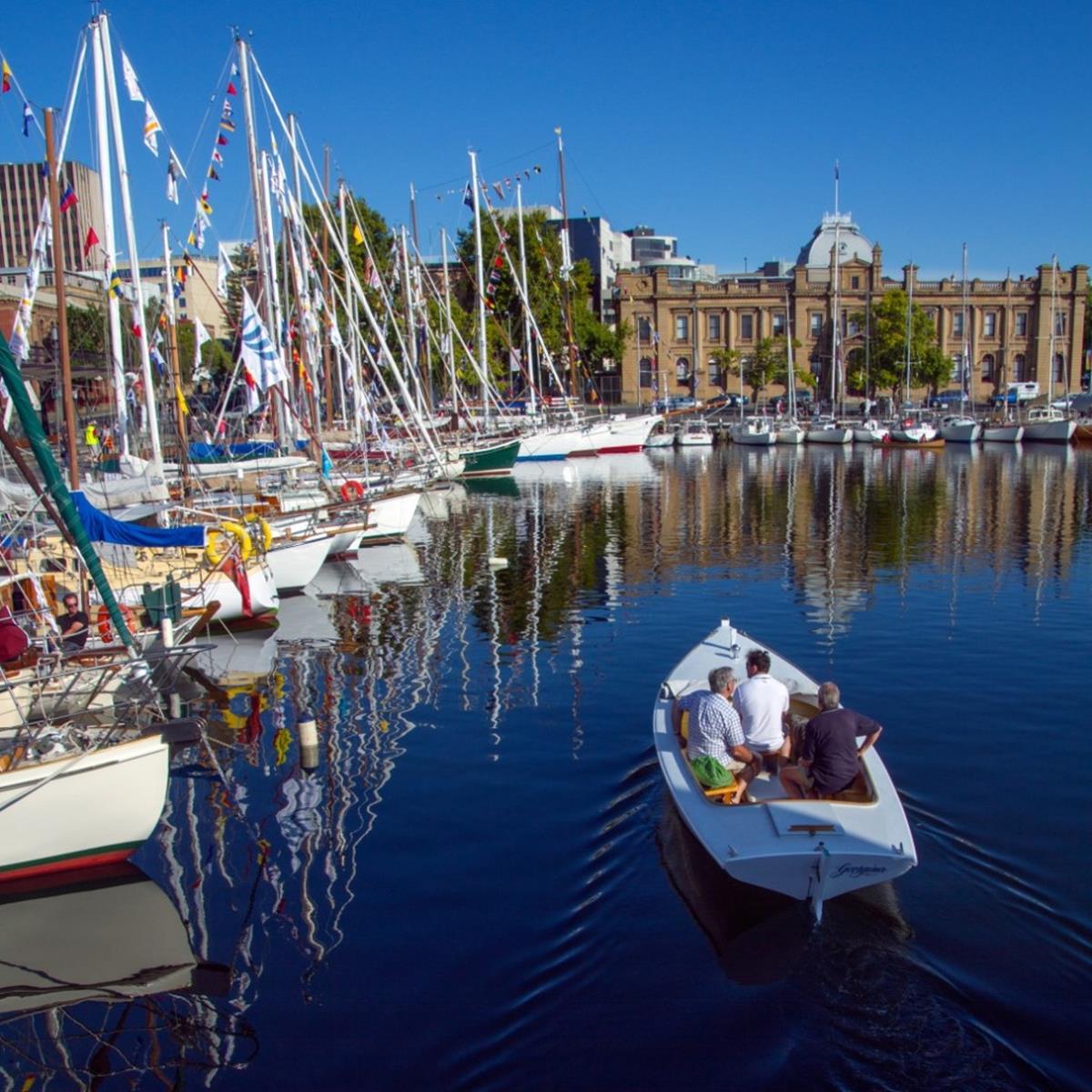
TassieEye Credit
Outside of Hobart you can meet Mother Nature by hiking Mt. Wellington, taking a rafting trip, visiting Mount Field National Park or enjoying the beauty of the rugged Tasman Peninsula.
HUACACHINA, PERU
Huacachina is an oasis in the middle of the desert. Located in southwestern Peru near the city of Ica, it is attractive to visitors who want to get off the usual tourist track and have fun among the dunes. The most popular activities are sandboarding and dune buggy rides. Pay a visit to the Archaeology Museum, which is filled with mummies, objects of ancient tribes and valuable textiles. You’ll enjoy a boat tour of the nearby Ballestas Islands, famous for their variety of wildlife including penguins, sea lions, seals and birds.
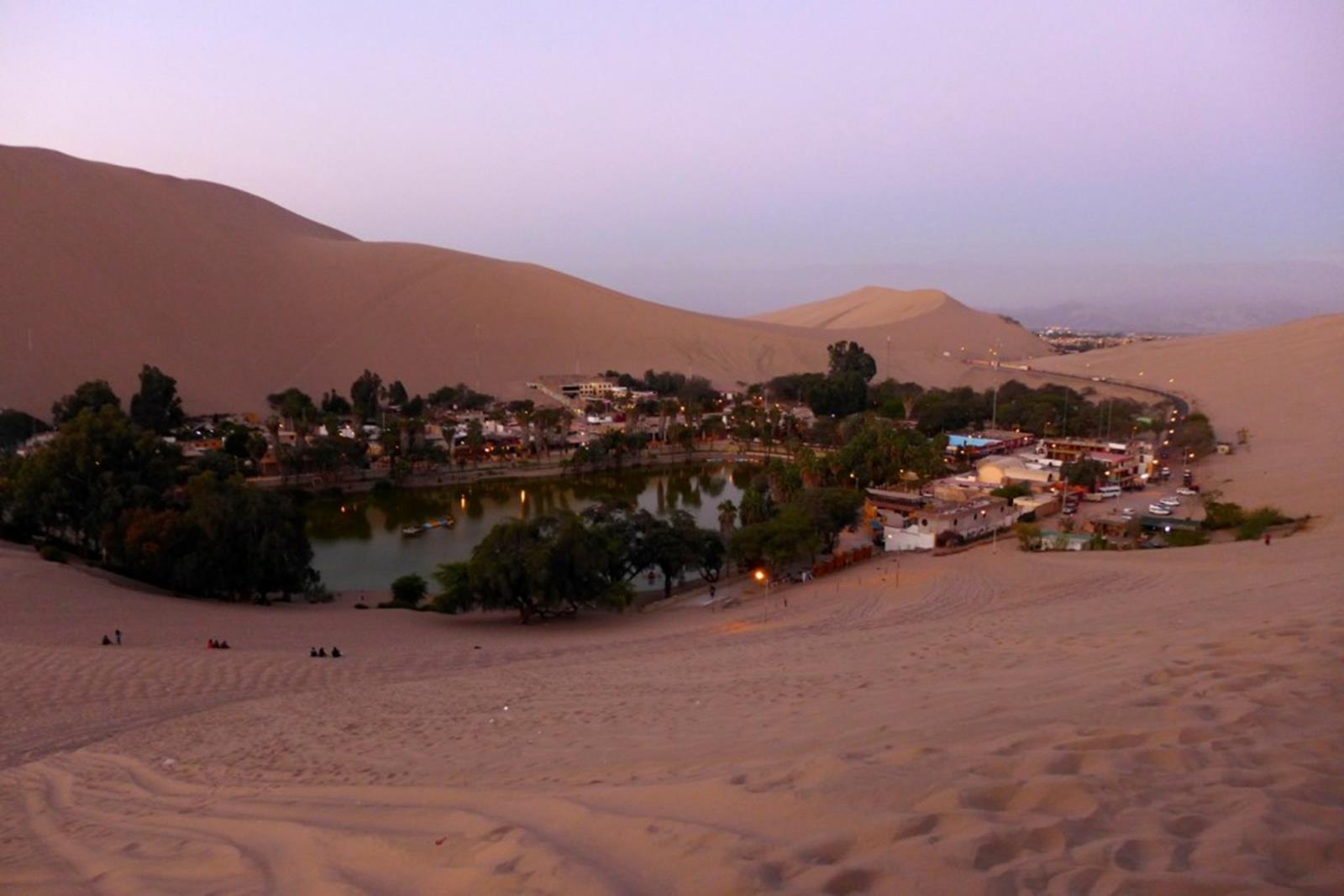
Madeleine Deaton Credit
While in the area, head two hours south to the Nazca Pampa, a famous section of desert where ancient tribes have scraped giant figures, such as monkeys, dogs and hummingbirds, into the desert floor. Local tour operators will fly you over the site in a Cessna plane as you take in these ancient wonders.
ANTARCTICA
In the past, many travelers did not consider Antarctica a hotbed of tourism. Now more than ever, student travel groups are making their way to the bottom of the world for ecotourism trips where they can whale watch, explore icy waters by ship and take in the rugged landscape. There are many opportunities for students and tour groups wishing to embark on this journey.
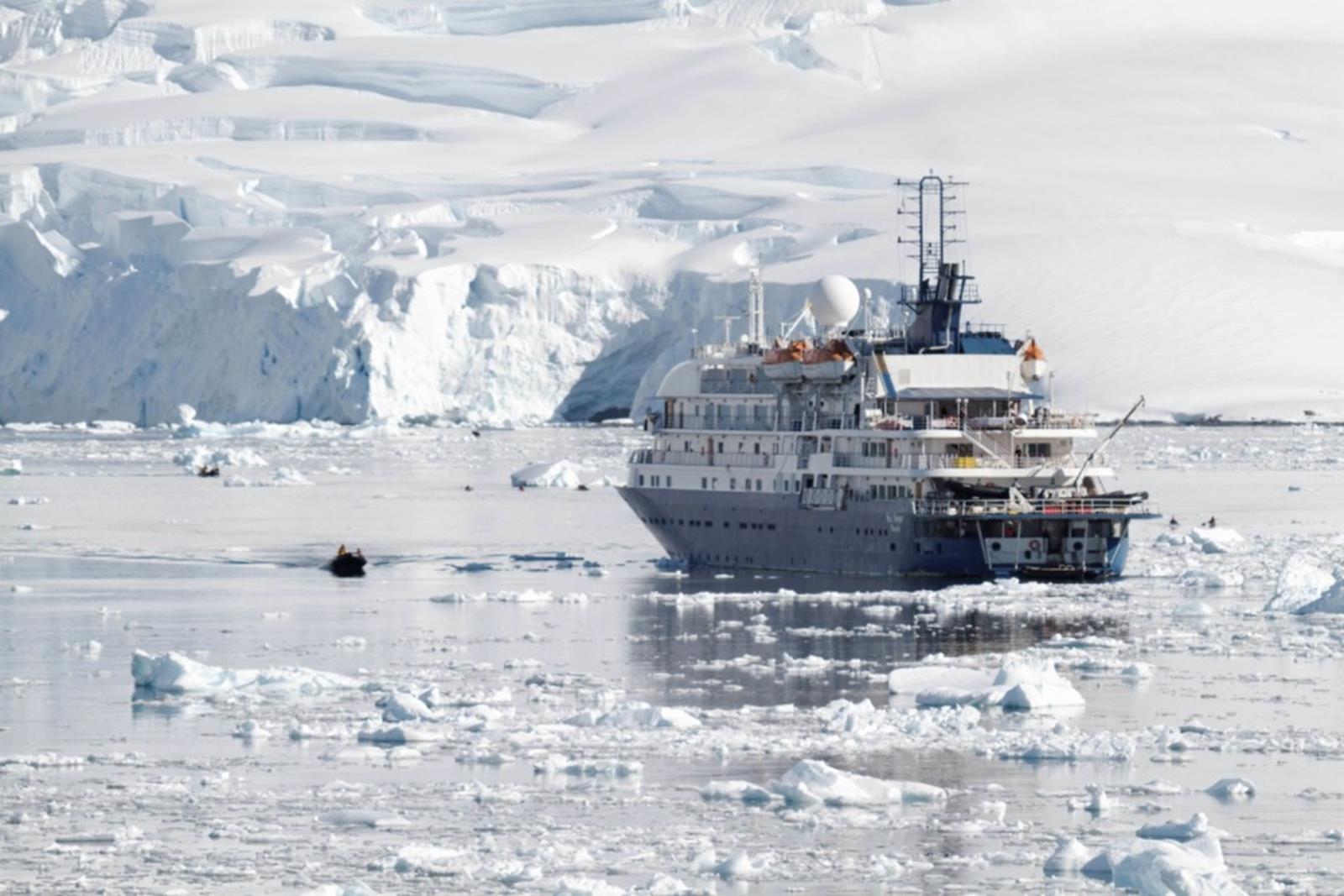
Ronald Woan Credit
The best part of many “unknown” destinations is their lack of crowds, unspoiled landscapes, and opportunities for exploration and undistracted learning. Have you been able to check out any of the above locales? What recommendations would you give to traveling students? Let us know in the comments below!

